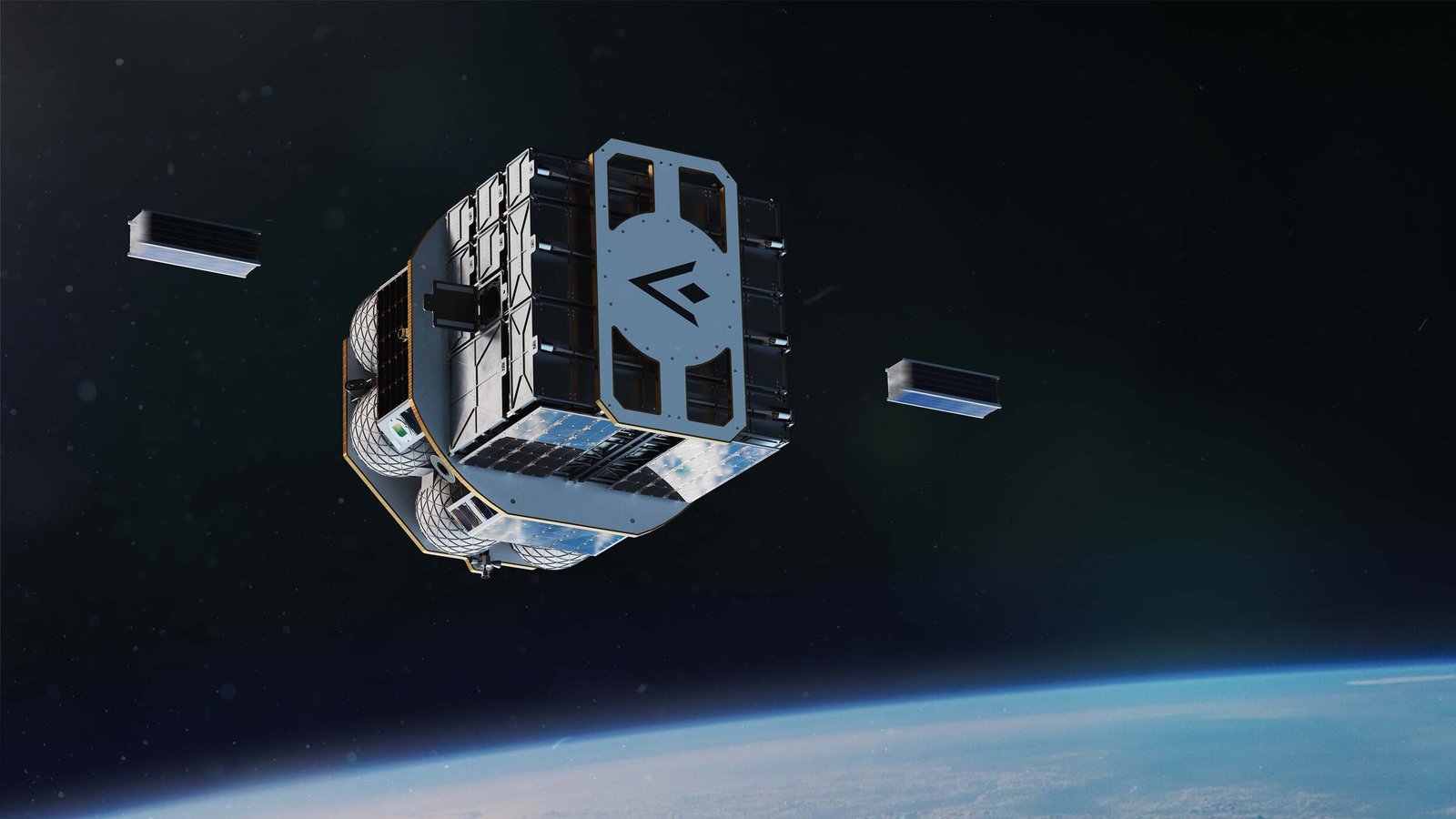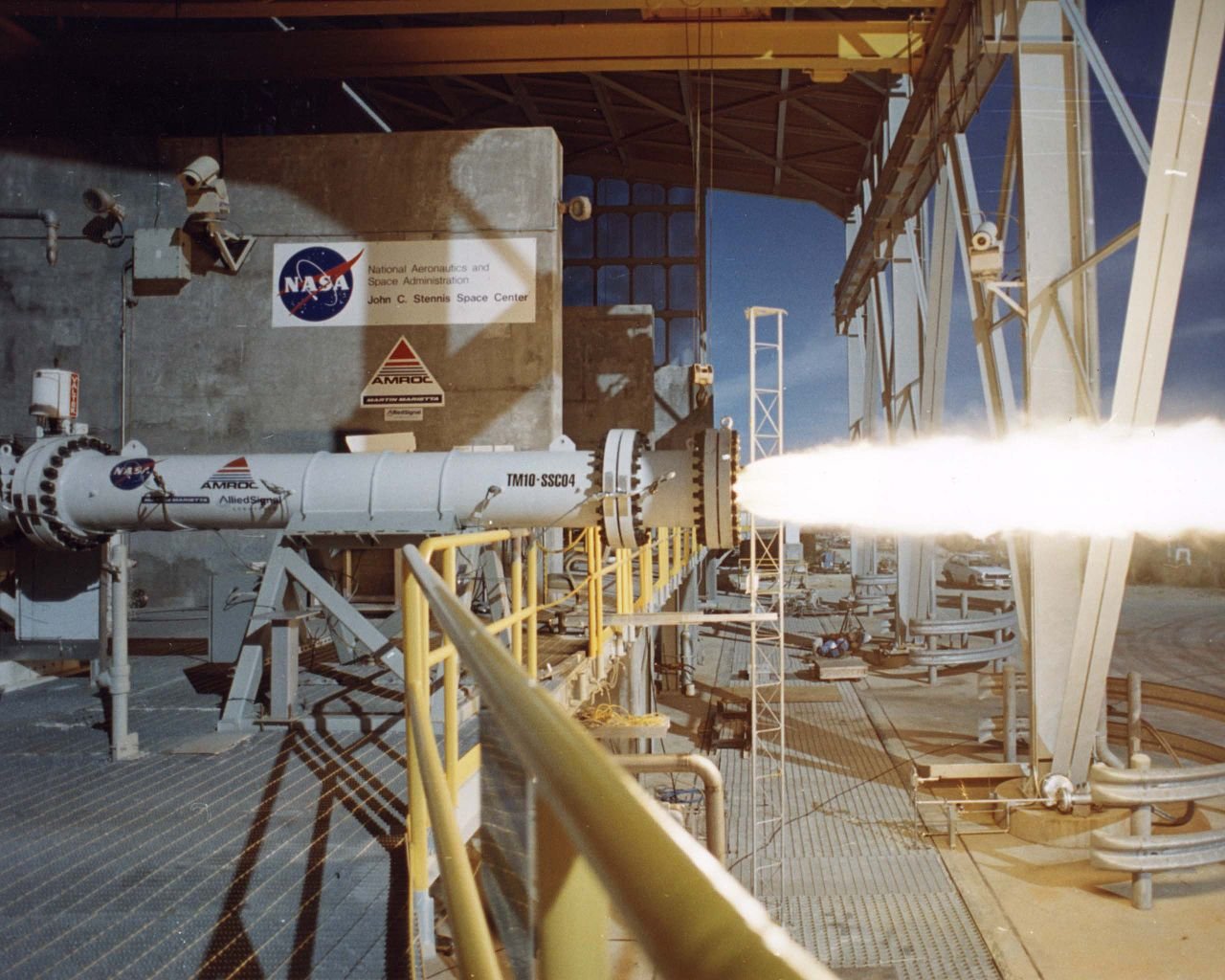Constants advances in the field of electronics and power generation in space has led to the miniaturization of satellites and the resulting nano-satellites have become in particularly high demand in various industries due to the expansion of their range of possible space missions. The integration of the latest technologies into small satellites, such as artificial intelligence and robotics, has significantly improved their capabilities and mitigated some of the trade-offs made to reduce their mass. Also, their simpler, faster and less expensive manufacture has made it possible to envisage the deployment of constellations of small satellites.
Thus, with small satellites, commercial opportunities that were traditionally reserved for large companies or space agencies with vast financial resources have been democratized and are now accessible to companies of all types and sizes. Consequently, the size of the global small satellites launch market is expected to grow at a high rate over the next decades.


Traditionally, small satellites were launched by heavy launchers, as an additional payload, during missions to launch larger satellites. The unsuitability of this method, given the technical and financial constraints of a launch, and the growing demand for small satellite launches, have led to the development of small launchers.
Since the launch of small satellites via small launchers is still expensive for many companies and not optimised, the need to develop orbital transfer vehicles, with the potential to introduce an even greater differentiation in the cost of launching small satellites, has emerged.
However, to capture and maintain a significant market share, orbital transfer vehicles will need to enable for low-cost manufacturing and high flexibility in terms of mission profile and configuration. And that will require performant, simple, safe, reliable and restartable engines that allow thrust modulation over a wide range.
Although hybrid rocket engines have been around for decades, they have been sidelined and are still not widely used in aerospace transportation due to the technological challenges they faced at large size (fuel regression rate, combustion efficiency, …) and the well-known fact that aerospace manufacturers often prefer to use mature, proven solutions rather than conduct expensive new development programs.
Nevertheless, the shortcomings associated with hybrid engines are not due to fundamental physical limitations, and many advances have been made over the past decade that, in combination, overcome many of these technological barriers. Even better, hybrid engines based on the state-of-the-art have no significant shortcomings at size required by low thrust applications, and could soon become a propulsive solution of choice, if not the best, for powering future orbital transfer vehicles.

Hybrogines © 2022 All Rights Reserved